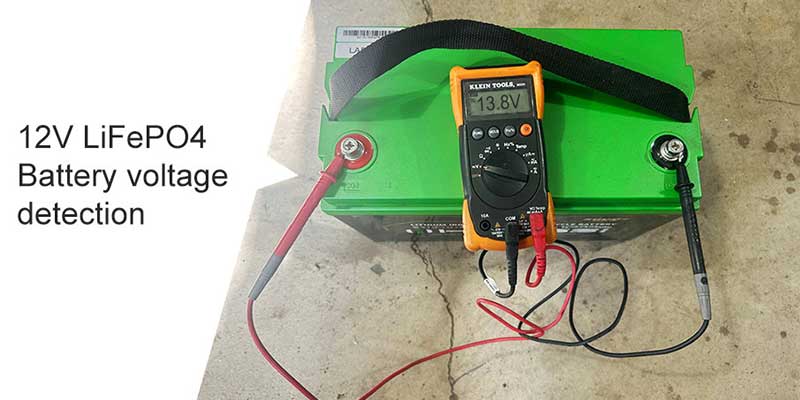How to Test a 12 Volt Battery with a Multimeter
Testing a 12-volt battery with a multimeter is an essential skill for any individual working with automotive, marine, or solar power systems. A multimeter can provide invaluable insights into the battery’s health and charge state, helping you make informed decisions about battery maintenance and management. This comprehensive guide from Himax Electronics will help you master the technique, ensuring your batteries maintain optimal performance and longevity.
Understanding the Importance of Battery Testing
Regular battery testing is crucial for several reasons:
Preventive Maintenance: Early detection of potential battery failures can save costs on replacements and avoid unexpected downtimes.
Performance Optimization: Regular testing ensures that a battery is operating at its optimal performance, which is vital for the efficiency of electronic systems.
Safety: Testing helps identify issues that could lead to battery malfunctions, which in some cases could result in safety hazards.
Tools Needed
Multimeter: A digital multimeter with the capability to measure DC voltage is preferred for its accuracy and ease of use.
Safety Gear: Gloves and protective eyewear to ensure safety from battery acid and electrical sparks.
Preparing for the Test
Safety First: Ensure the area is well-ventilated. Batteries can emit hazardous gases.
Check Multimeter Setting: Set your multimeter to the DC voltage scale. This setting is usually denoted by a ‘V’ with a straight line.
Inspect Battery and Clean Terminals: Check the battery for any signs of damage or leakage. Clean the terminals using a wire brush to remove any corrosion, ensuring reliable test results.
Step-by-Step Guide to Testing Your Battery
Connect the Multimeter:
Secure the multimeter’s red probe to the battery’s positive terminal and the black probe to the negative terminal.
Make sure connections are firm to avoid fluctuating readings.
Reading the Voltage:
A stable reading should appear on the multimeter. For a 12-volt battery, a reading between 12.6 to 12.8 volts indicates a fully charged state.
Record the voltage when the battery is both at rest and under load to understand how it performs during actual usage.
Interpreting the Results:
12.6 volts or higher: Indicates the battery is healthy and fully charged.
12.0 to 12.5 volts: Shows a battery in a fair state but possibly in need of charging.
Below 12.0 volts: Suggests a discharged or failing battery that requires further testing or replacement.
Advanced Testing: Load Testing
For a more comprehensive analysis, performing a load test can be crucial:
What is Load Testing?: This test simulates the battery’s performance under typical operating conditions.
Procedure: Apply a specific load to the battery and measure voltage response. A significant drop in voltage could indicate a weak battery.
Maintenance Tips Post-Testing
Charging: If the battery is undercharged, use a suitable charger to restore it to full capacity. Himax Electronics offers advanced charging solutions that optimize battery health.
Regular Monitoring: Set a schedule for regular battery tests to monitor its health and performance over time.
Consult Experts: For batteries showing consistent underperformance, consulting with a battery expert can provide insights into potential issues or recommend replacements.
Conclusion
Mastering the use of a multimeter to test a 12-volt battery is a valuable skill that enhances your ability to maintain and troubleshoot battery-powered systems effectively. At Himax Electronics, we are committed to providing our customers with not only the tools but also the knowledge to ensure their equipment runs safely and efficiently. For more detailed guides, professional advice, and quality testing equipment, visit us at Himax Electronics.







